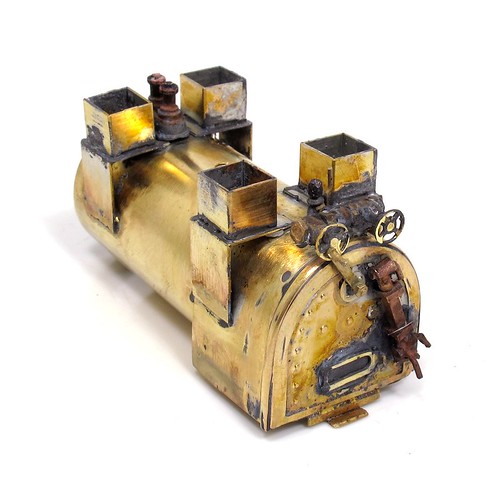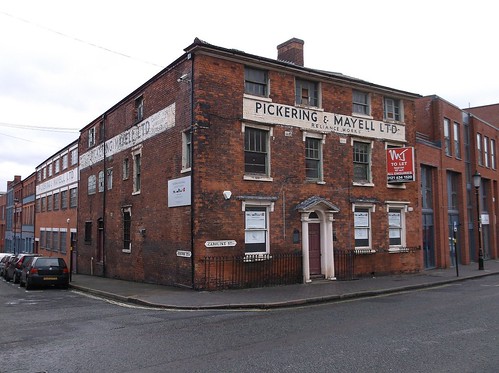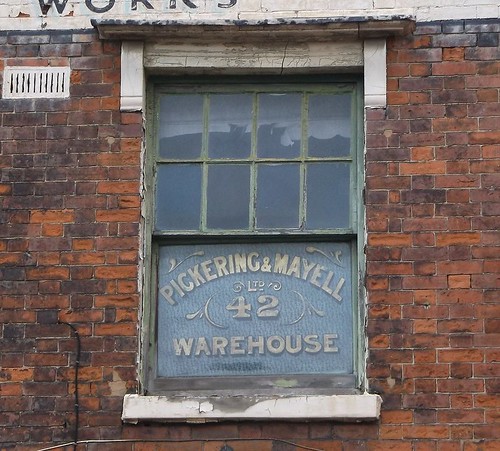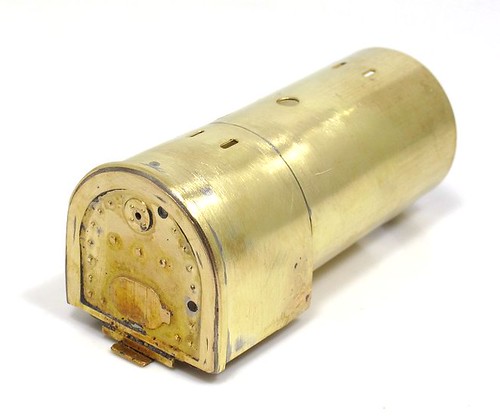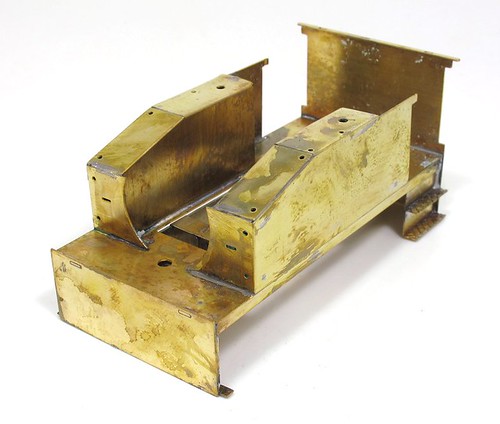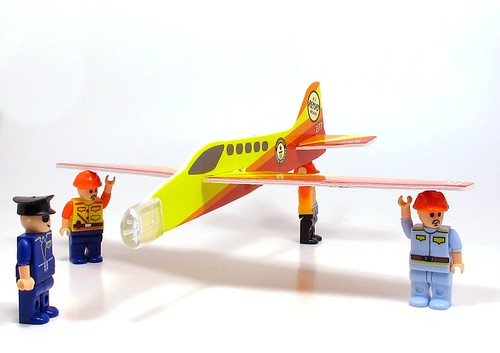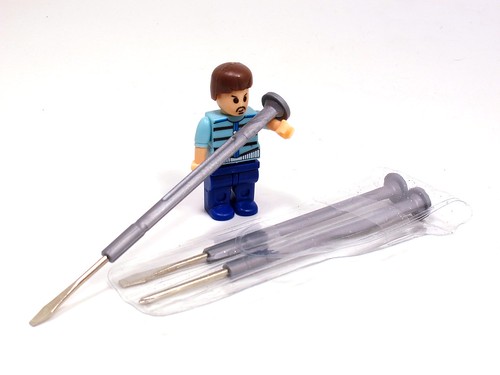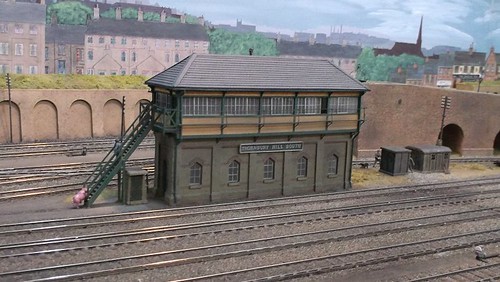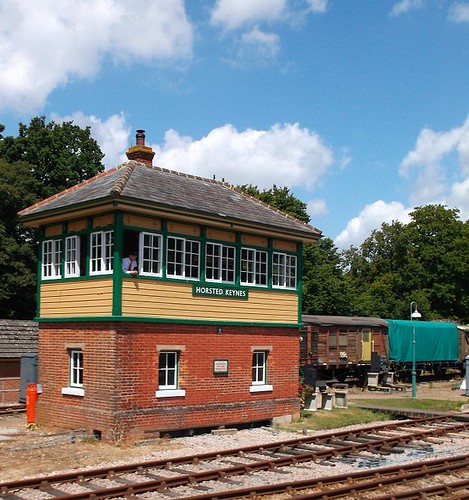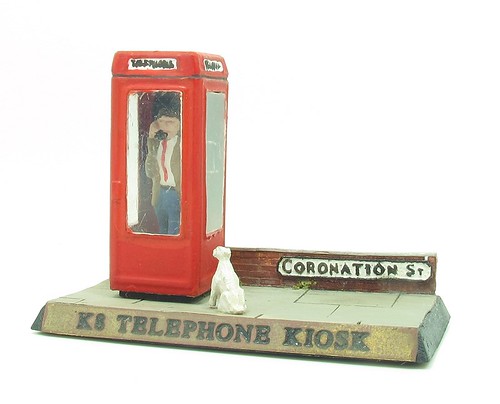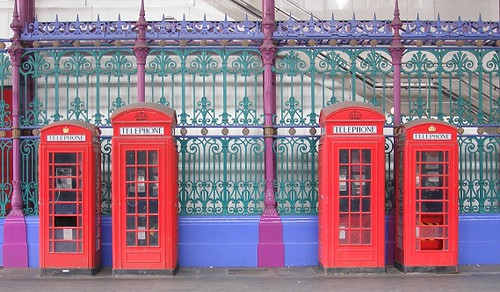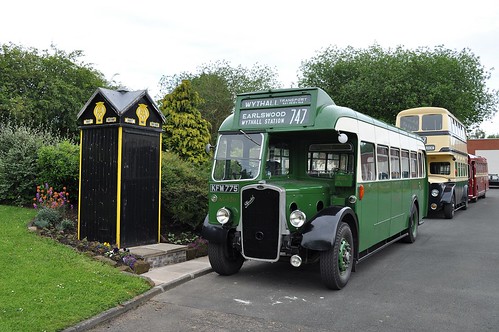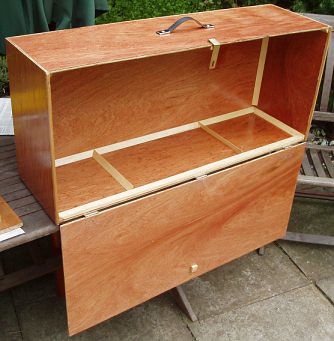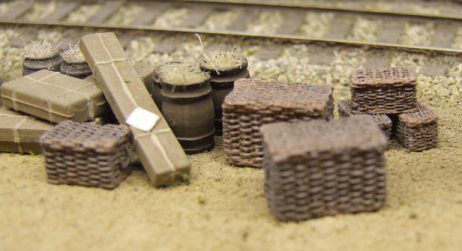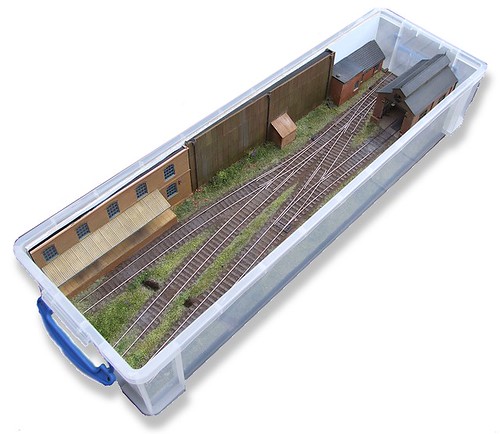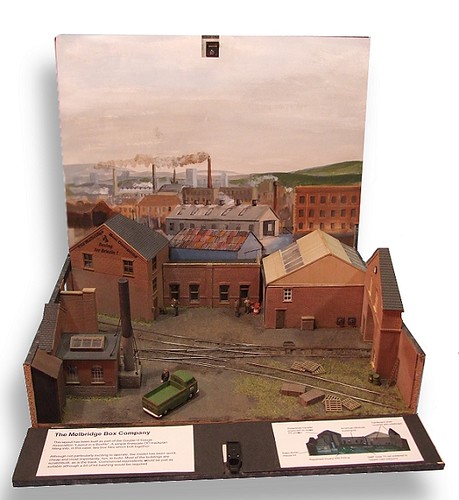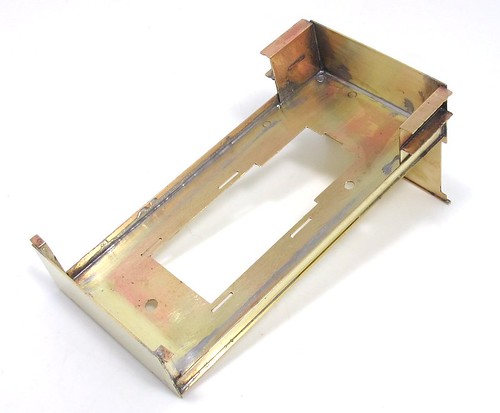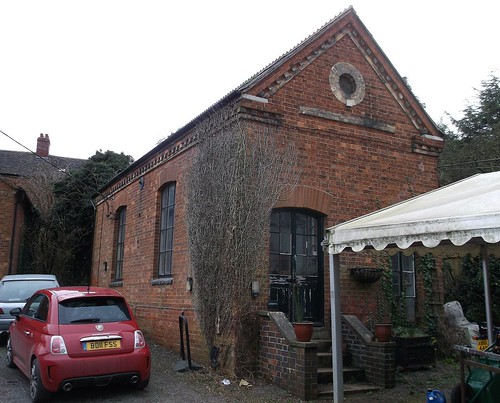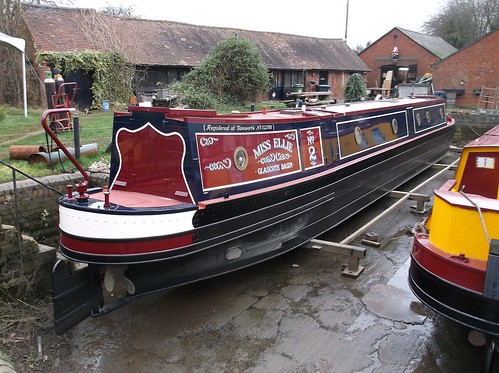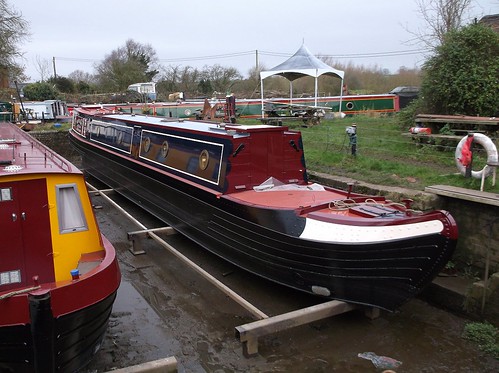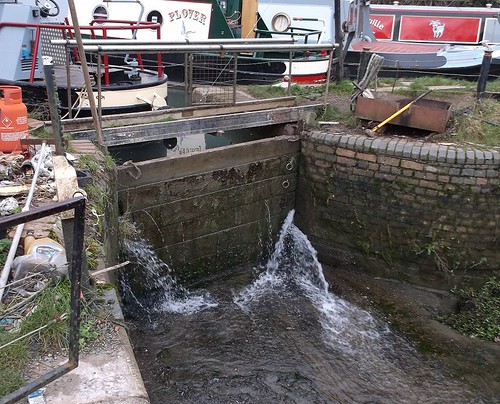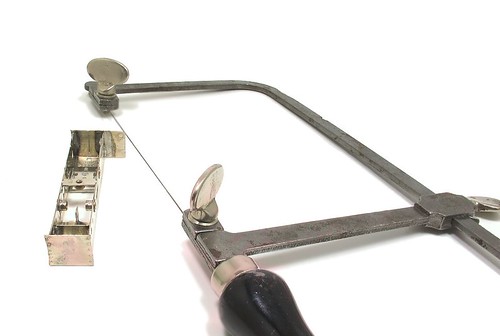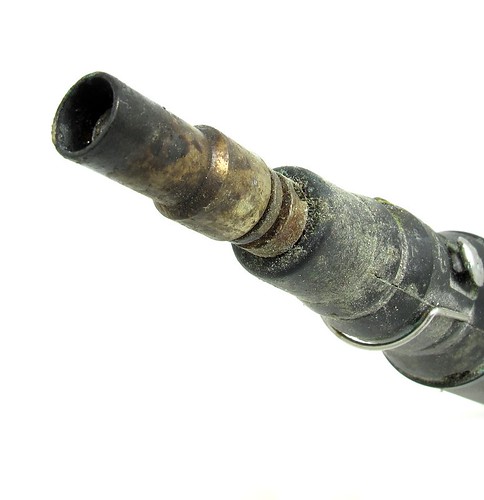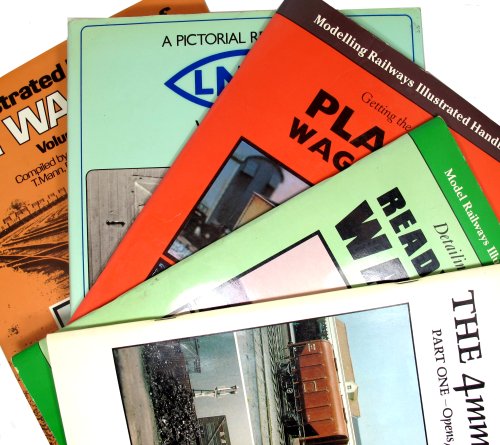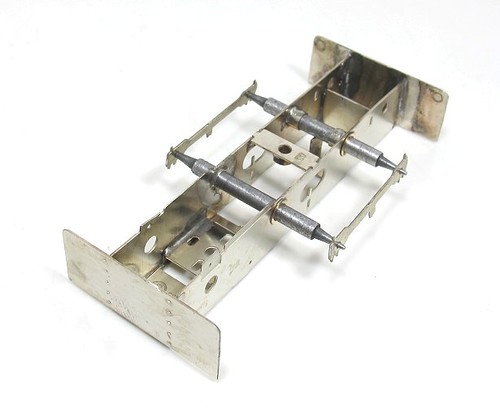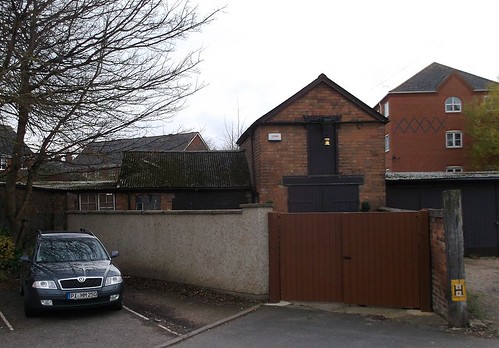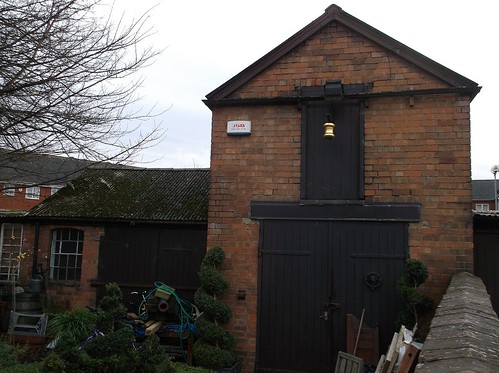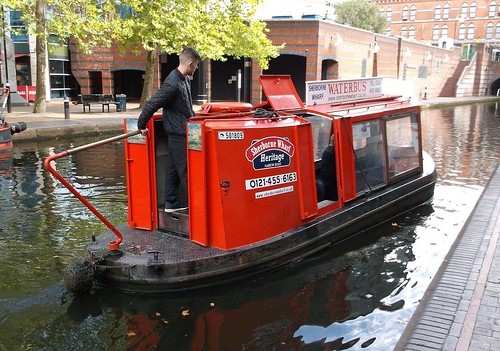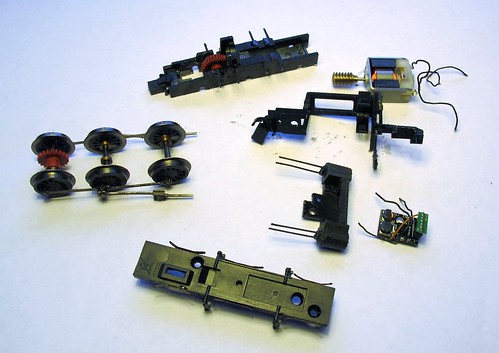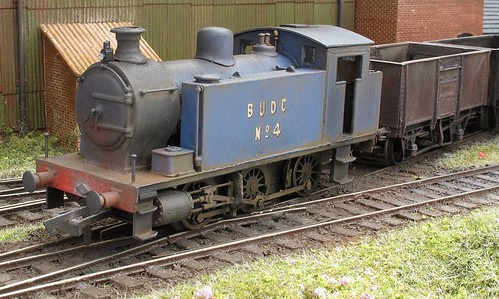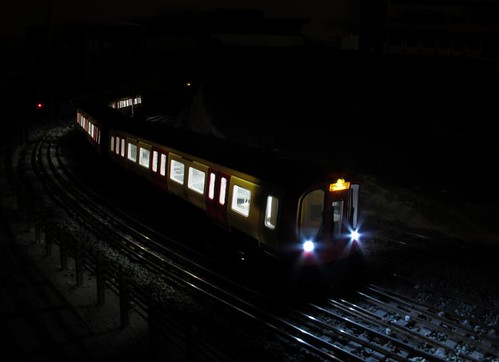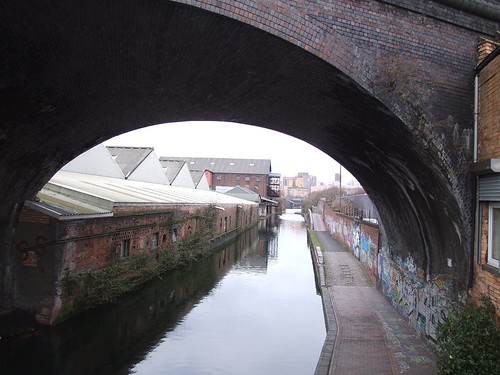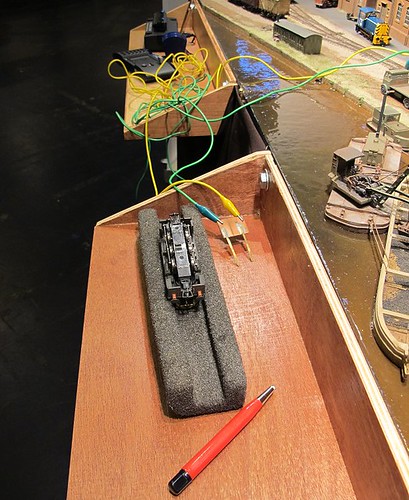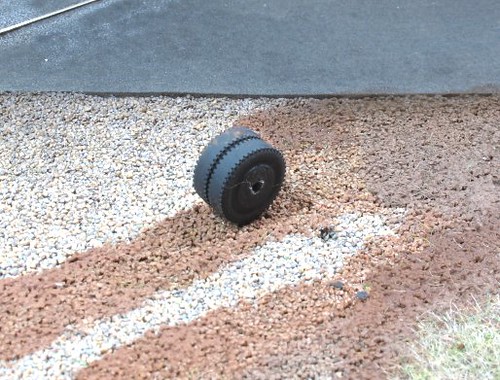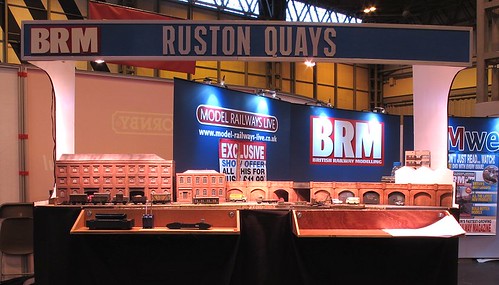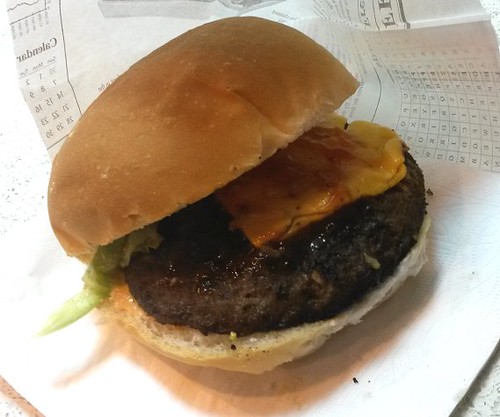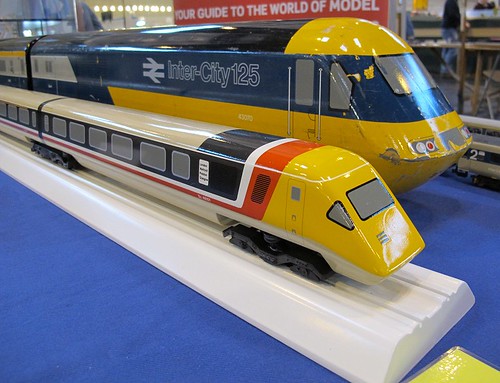The Warley model railway exhibition at the NEC is the largest model railway exhibition in the UK. I spent the whole of last weekend there.
And I saw almost none of it.
My time was pretty much entirely spent behind, beside or generally around Ruston Quays talking to people. So many people.
So, if you are expecting a full show report you will be disappointed. Truth is I could really do with a visit to a big model railway show to do some shopping but apart from a couple of very good burgers, a rather more awkward crepe (almost impossible to eat as the filling sunk into a pocket at the bottom of the folded pancake and was lava hot) and a Dapol canopy kit, my wallet was unbothered.
Having said this, it was an excellent weekend. Lots and lots of people, including some readers of this blog, dropped by for a chat. Almost without exception, the chats were very nice too. People like what we are doing with BRM, the stuff I write and especially the DVD where my cunning plan not to share disk space with people really good at telly means my shortcomings are easily overlooked.
Not everything is perfect of course. I do wonder about people sometimes when I'm asked, "Will this layout appear in the magazine?" and have to resist the urge to shout, "Yes. It's been in for the last 6 months and on the telly disk twice!"
Best bits though are undoubtedly those where people tell me about projects they are doing because I wrote something in a magazine. There's an O gauge version of Ruston Quays underway at the moment in addition to a couple of N gauge ones I knew about. This makes the job worthwhile, although if anyone from Warners is reading this, that doesn't mean you can stop paying me!
Apart from this, there is little to say. Some van action saw the Bachmann display cases nearly filled with a full scale transit and Montana from Hornby resist the urge to run them over with another van while packing away. I can only assume they had all behaved themselves.
My Saturday night plan to head to the airport rather than the station paid off. I had some yummy spag-bog and then strolled back for the trip back home whereas a friend who left at the same time managed to catch the same train having been unable to get on to the previous two as there was no space.
Sunday night was more fun, but I'll talk about that tomorrow. In the meantime, can I just thank everyone who chatted for dropping by.
